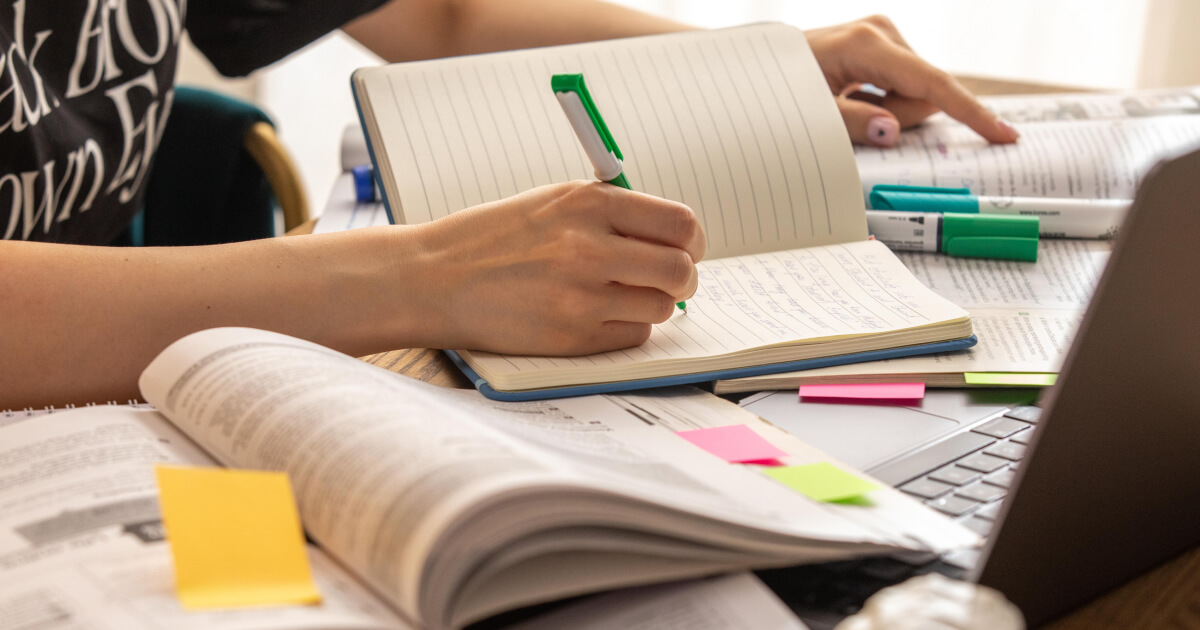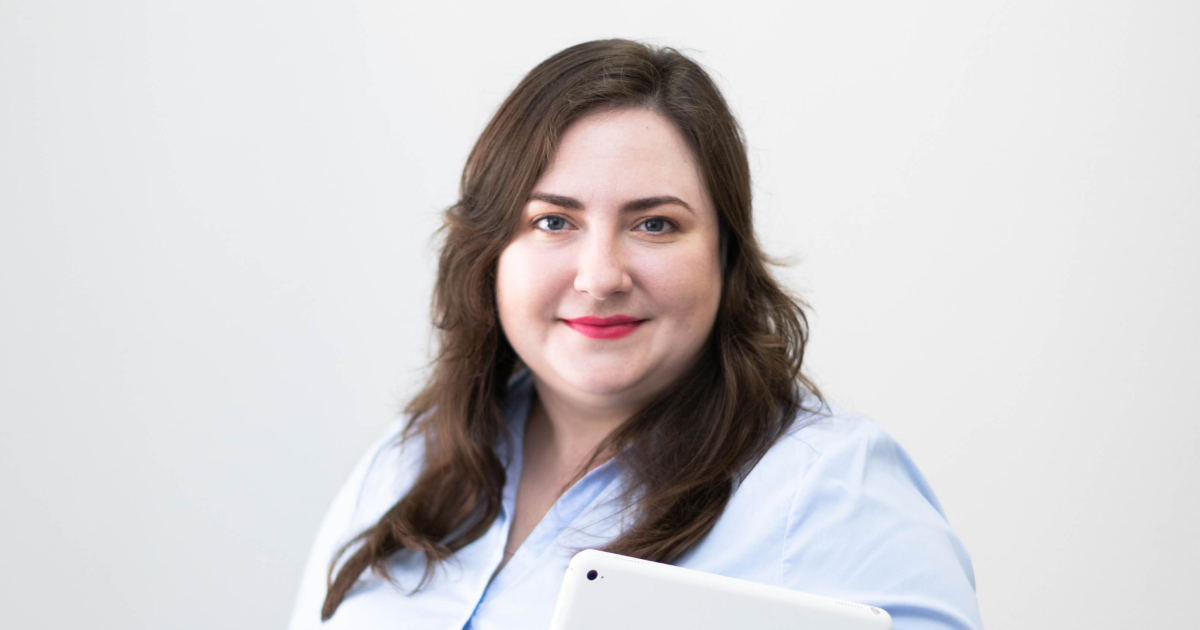Mental Health Awareness for Teachers
- Teaching qualifications
- Tips & Strategies
- Methodology

17.07.2023
Teachers usually write lesson plans to have a clear idea of what the students will be able to do by the end of the lesson. If we know what our aims are, we can understand whether we have achieved them, and therefore whether learning has taken place. Moreover, if we know the objectives of the lesson and the needs of our students, we can adapt the tasks offered by a coursebook and provide appropriate language practice to our learners.
What are lesson aims and how to set them correctly? Let’s find out!
Does it exist? An aim or aims can be anything you want your students to achieve in your lesson.
Usually, there can be several of them — for students and for yourself. Lesson aims can vary and depend on a number of things: your students, curriculum, institution, etc.
Aims have to be set before you start planning a lesson. Then you can plan it backward — the beginning of the lesson should be at the level where the students are now.
There are several criteria that the set aims have to meet.
According to the first model, often used in business, for example, aims should be SMART.
S — Specific
M — Measurable
A — Attainable
R — Relevant
T — Time-bound
If you want your students to achieve lesson aims, you need to be clear about what exactly you want them to do:
Teachers need to be able to determine whether their students have achieved the aim or not and therefore it has to have some measurable outcome. You can’t really say that your students “have learned the vocabulary” because you can’t see into their brains. However, you can tell if they can recognise words and use them in speech.
A measurable aim is when you can say, “Yes, my students did that” or “No, my students didn't do that.”.
Everything you are going to do in class should be of an appropriate level of complexity. It’s about not making the tasks too difficult, but not too easy either. Don’t try to teach 6-year-olds 25 new words, but don’t teach them just one new word either.
Include elements of differentiation in your lesson plan: “some students will…”, “most students will…”, but the main element of your aim should be achievable for all of your students.
Is the lesson material related to a topic students have already studied? Is it something interesting for students? Is it a skill they need, for example, to pass exams or for work? Does the material match the curriculum you are using?
You don’t have to write if your aims are related to the curriculum, but it’s always good to know why you’re teaching this to the students.

Make your lessons even more relatable!
Examine the TBL principles with our course!When exactly do you want your students to reach this aim? By the end of the lesson / at the end of the activity, etc.
A helpful way to start off on the right foot is to start writing your goals with “By the end of the lesson students will be (better) able to…”
By the end of the lesson students will be better able to use modal verbs to give advice to a friend who is taking a language exam.

It is a good idea to think about lesson aims from the perspective of the learners' achievement rather than from the teacher's effort.
If you say that your main aim is to teach the present perfect to students, there is no way to decide whether you have achieved your aim since it does not say students will have understood and learnet it.
If your aim is By the end of the lesson students will have learnt present perfect with ever/never to talk about travel experience, it makes it easy to measure if the aim has been achieved.
If students use present perfect when they are talking about travel, the aim has been achieved.
Lidiya Simak, Course Author at Grade University
5 reasons to plan a lesson
For example, if you are using a reading text to introduce students to new grammar or vocabulary, practicing reading skills is your subsidiary aim. Basically, subsidiary aims focus on everything you do in the lesson to introduce students to the target language. For example, you read or listen to a text.
Also, subsidiary aims focus on practicing new vocabulary or grammar in productive tasks. For example, in speech or in writing. They always help to achieve the main goal.
For example, giving clear instructions for tasks, building rapport with students, managing Teacher Talking Time, learning students’ names, observing students in class, and responding to their needs in a timely manner, etc.

Would you like to become a better teacher? Of course! The best way is to constantly try to improve something, and the easiest way to do this is to have a personal aim in class.
So, what should you remember? First, we set aims, and then we select tasks that will help us achieve our aims.
Learn more about how to effectively plan your lessons on the TKT Module 2 preparation course at our center! And don't forget to test yourself with the questions below!
Measurable aim of the lesson means that
You don't have to know exactly what your students will be able to do by the end of the lesson.
By not making your student learn 100 words in one lesson you follow
Yulia Chorna
Author
DELTA Module 1, CELTA certified teacher of General & Business English
Comments
Leave your comment